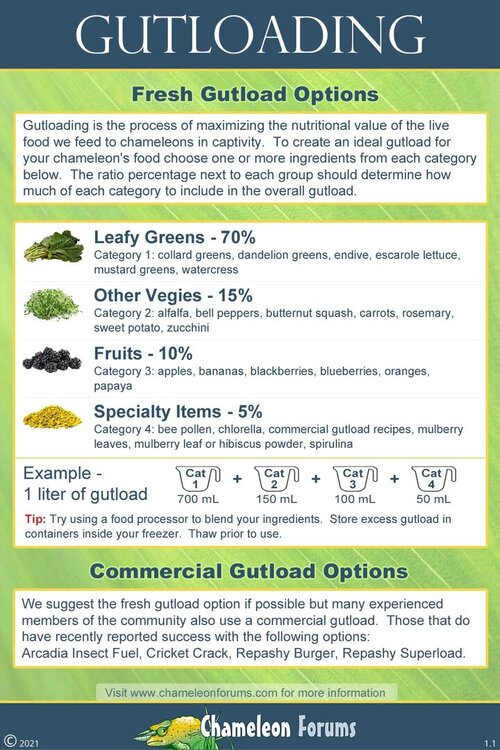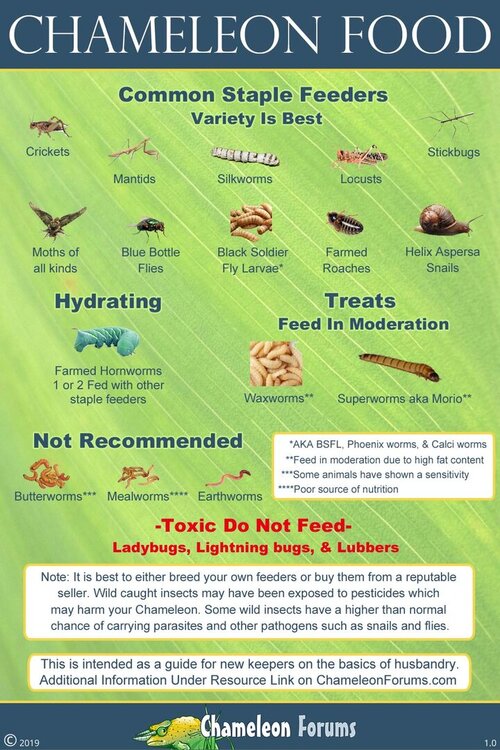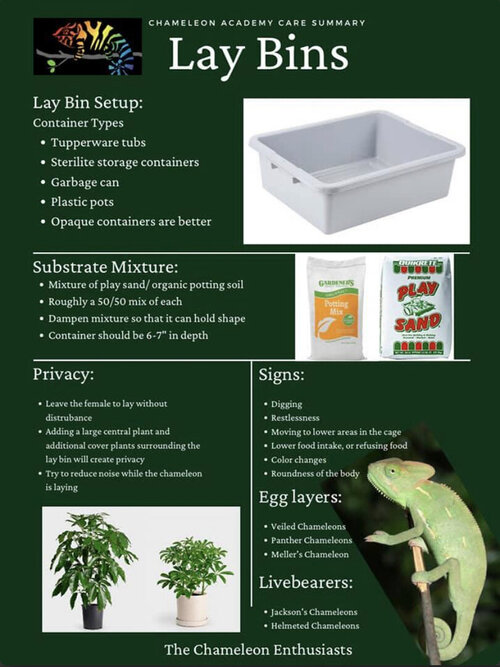zena.the.chameleon
New Member
My female veiled chameleon suddenly became weak and not very active yesterday afternoon. She has been trying to climb up to the branches in her enclosure but can’t seem to get a good grip and falls. Her eyes look dark and sunken in and she hasn’t been eating. I feel so shocked because she has been so good and active these past 5 months that I have had her. She looks pretty normal and healthy besides her eyes looking sad and dark. I don’t know what i’ve been doing wrong for her to get like this so suddenly.
Last edited:




